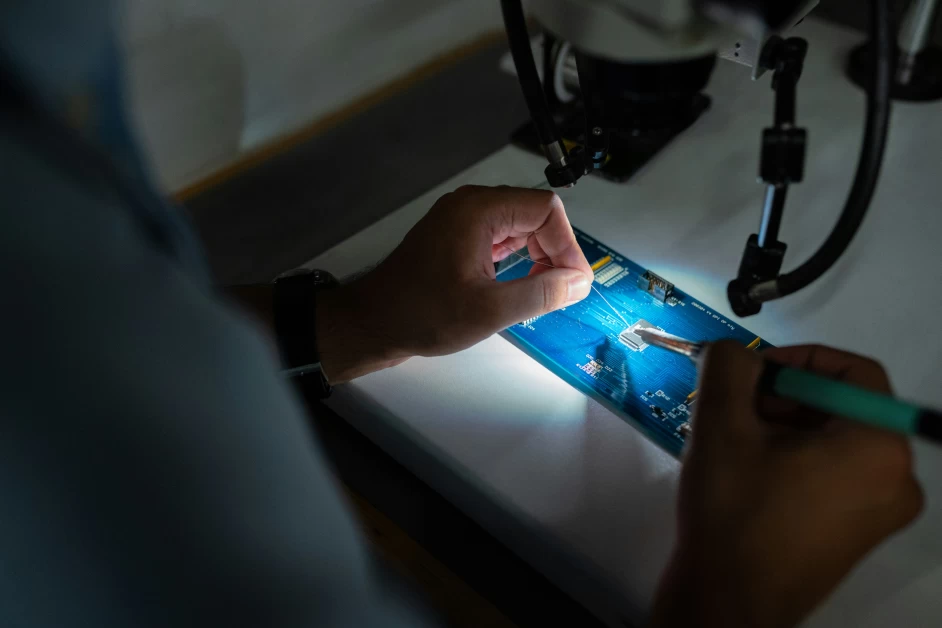Table of Contents
Introduction
Do you ever feel like you are missing something to be able to take your digital art to the next level but you can’t put your finger on it? You are not alone. I have been there too and I am here to give you 5 tips on how to become a better digital artist by sharing a little story of my own.
When I first started out with digital art, I would look at other artists’ work and feel so discouraged because their work looked so much better than mine. I would sit there and wonder how they did it. How did they make their work look so effortless?
Tip 1: Use References
One of the best tools for creating digital art is using references. References can be photographs, objects, or even other artworks that inspire you. They serve as a visual guide and help you understand the structure, proportions, and details of your subject.
By using references, you can improve your accuracy and avoid making common mistakes. It also allows you to experiment with different styles and techniques, as you have a solid foundation to work from.
Using references doesn’t mean copying someone else’s work. It’s about studying and analyzing the elements that make a piece of art successful and applying those principles to your own work.
Tip 2: Practice Regularly
Another crucial tool for improving your digital art skills is regular practice. Just like any other skill, art requires practice to develop and grow. Set aside dedicated time each day or week to work on your art.
Consistency is key. Even if you can only spare a few minutes each day, make sure you use that time to create something. It could be a quick sketch, a color study, or even experimenting with new brushes or techniques.
The more you practice, the more comfortable you will become with your tools and the more your skills will improve. Don’t be afraid to make mistakes or try new things. Embrace the learning process and enjoy the journey of becoming a better artist.
Tip 3: Learn the Fundamentals
To truly excel in digital art, it’s essential to have a strong foundation in the fundamentals of art. These include elements like composition, color theory, perspective, anatomy, and lighting.
Understanding these concepts will help you create more visually appealing and cohesive artwork. It will enable you to make informed decisions about the placement of elements, the use of color, and the overall structure of your piece.
There are many resources available online, such as tutorials, books, and courses, that can help you learn the fundamentals. Take the time to study and practice these principles, and you will see a significant improvement in your digital art.
Tip 4: Experiment with Different Techniques
Digital art offers endless possibilities for experimentation. Don’t be afraid to try out new techniques and explore different styles. Use different brushes, layering techniques, and blending modes to create unique effects.
By experimenting, you can discover new ways of expressing yourself and develop your own artistic voice. It’s through exploration that you can find what truly resonates with you and allows you to create your best work.
Keep an open mind and don’t be afraid to step out of your comfort zone. Embrace the freedom that digital art provides and let your creativity flow.
Tip 5: Seek Feedback and Learn from Others
Lastly, one of the most valuable tools for growth as a digital artist is seeking feedback and learning from others. Join online communities or forums where artists share their work and provide constructive criticism.
Feedback from other artists can help you identify areas for improvement and provide fresh perspectives on your work. It’s important to approach feedback with an open mind and a willingness to learn.
Additionally, studying the work of other artists can inspire you and expose you to new techniques and styles. Analyze their artwork and try to understand their thought process and decision-making. This can help you expand your artistic horizons and push the boundaries of your own creativity.
Conclusion
In conclusion, becoming a better digital artist doesn’t require the latest and greatest tools. Instead, it’s about honing your skills, mastering the fundamentals, and embracing the learning process. By using references, practicing regularly, learning the fundamentals, experimenting with different techniques, and seeking feedback, you can take your digital art to the next level.
Remember, every artist has their own unique journey, and progress takes time. Be patient with yourself and enjoy the process of growth and self-expression through digital art.







